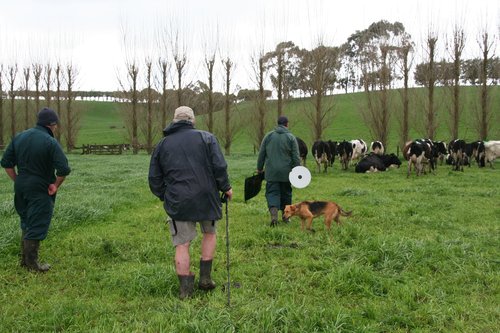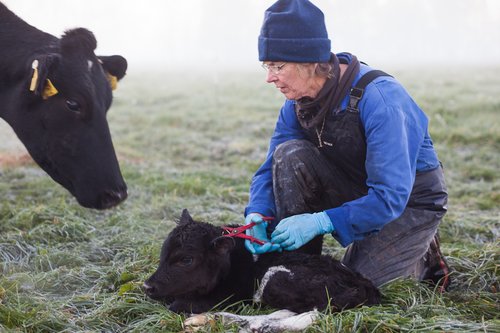
Like all business, dairying is about managing risks and attention to cost margins.
You have to be awake to make good decisions – so if you run a spring calving herd, you’ll need a break: Take it, you can’t afford not to. It’s imperative to re-charge the batteries and take a break from daily milking.
Spring is critical for the success of the season ahead. The more you plan and prepare now, the better. Clarity and purpose is a great stress reliever.
A risk review should be undertaken, including your practices and processes for managing feed supply, personnel, health and safety, animal welfare, and environmental challenges.
Re-check your feed demand requirements and costings to review if, and what, supplements could be bought to cover the requirements of your farming system.
Prepare – know the cost structures so when you make purchases you know what you can afford to satisfy your comfort levels and business margins.
If you need a hand get your farm advisor to help, it is vital you set yourself up well for the season ahead before spring hits.
Feed demand
How’s your feed budget tracking?
Keep track of your weekly pasture covers using a plate meter (or eye-ometer if necessary!) to ensure you know the feed status and paddock growth rates.
Manage your winter grazing, crop use, and supplements to minimise waste, pugging, and pasture damage (and maximise utilisation).
Check your winter feed use is going to plan and check your spring rotation planner.
Ask yourself:
- Are there unexpected feed shortages?
- What if it doesn’t go to plan; what will be done to plug feed gaps?
A back-up plan, and knowing when you’ll buy or use stored supplement, is critical in minimising unplanned expenses.
 Correcting a feed shortage early is always the best solution. The alternative, of chasing grass cover with diminishing rotation lengths before pasture balance date, can be an expensive feed hole to fill, with limited options.
Correcting a feed shortage early is always the best solution. The alternative, of chasing grass cover with diminishing rotation lengths before pasture balance date, can be an expensive feed hole to fill, with limited options.
Remember that fat evaluation index (FEI) penalties come into force for Fonterra farmers from 1 September 2018. If you have planned for palm kernel (PKE) use, review what quantities you expect to use and when.
What’s your plan if you start getting into the FEI penalty zone?
Personnel
Plan in detail staff rosters from ‘calving start’ through to the ‘end of mating’.
There are social requirements in getting the best from your staff and ensuring that they have adequate time off to perform well. This has a dual effect of minimising the risk of health and safety issues.
There are also risks in failing to ensure everyone is on board: staff need to be clear about what they need to do, and when.
Is everyone adequately trained? If not, run through your on farm practices and how you expect operations to be carried out, and what to do in cases that deviate from plan. Ensure all staff are reminded of the farm hazards and mitigation measures.
Calving
 Ensure your calving plan is well sorted, with housing and equipment ready to go.
Ensure your calving plan is well sorted, with housing and equipment ready to go.
Fast five:
- What procedures do you have in place for calf pick up and care?
- Are your people adequately trained and know how to maximise animal welfare benefits (getting calves in, comfortable, safe and well fed)?
- Is the loading ramp and holding pen all sorted and ready for use?
- Are all personnel aware of what the ‘before-calf-travel’ (fit for transport) requirements are, including withholding periods?
- What’s your system for recording calved cows and calves and ensuring you get the information in MINDA?
Get everyone familiar with the MINDA app because this will save time.
If using GeneMark identification for replacement calves, still record the mother’s calving dates and minimise the risk of the MINDA yellow notebook going missing (information that’s likely to be helpful in later herd analysis).
Make sure records are 100% correct before calvings begin (consider the LIC Field Assist service to help in this area).
Set up the yellow notebooks for calf recording with the MINDA Calvings by Cow report.
Cow condition
Keep a close eye on cow condition.
Reaching Body Condition Score (BCS) benchmarks is essential in setting up for calving, early lactation, and mating.
A pre-calving condition score of 5 is a key factor in mating performance later, and it’s perhaps and the easiest solution in improving reproductive performance.
If you’re unsure on BCS, engage an accredited BCS person to help.





